The smelly striped skunk
The striped skunk is rightly associated with the nauseating smell it releases. Its scientific name, Mephitis mephitis, derives from a classical Latin word meaning “rotten unpleasant odour”. Taking advantage of deforestation, this inhabitant of mixed and leafy forests, grasslands and agricultural regions has adapted well to urban areas where it finds abundant food and cozy places to take shelter.
Its black coat with the two well-defined white stripes is like a billboard warning a predator of the surprise that awaits them. In my book Mammifères du Québec et de l’est du Canada (Éditions Michel Quintin) – translated: Mammals of Quebec and Eastern Canada, from Michel Quintin publishing house – I say this about the creature (again, translated).
“The skunk has a highly effective form of defence. Faced with danger, it lifts its tail, turns its back towards the adversary and sends in its direction a stream of fetid liquid with a musky, persistent odour, which burns the eyes and sometimes causes temporary blindness. The yellowish liquid is secreted by two anal glands which, when contracted, can project their contents more than six metres with astonishing precision.
The skunk can execute up to six consecutive sprays. It then needs from two to 10 days to recharge its glands. Cleaning with ammonia, gas or tomato juice usually works to remove the odour. “The skunk makes itself useful by destroying quantities of insects. (It tends to dig into the soil of flowerbeds in search of larvae, such as white grubs.)
It can also, however, carry the rabies virus. Watch out for skunks who are active in daytime or seem overfamiliar or aggressive. “To avoid having it nest under a building, close all openings or surround them with wire mesh buried in the soil. Sometimes you can get rid of it by putting mothballs in its den or by leaving a lamp switched on.”
The skunk does not spray unless it has a reason and reserves its weapon for intense situations or when it senses danger. If you run into one unexpectedly, keep your distance and use the opportunity to observe this malodorous animal from afar.
More from this author by clicking on his photo below.


Jacques Prescott131 Posts
Jacques Prescott est biologiste, professeur associé à la Chaire en éco-conseil de l’Université du Québec à Chicoutimi. Spécialiste de la biodiversité et du développement durable, il est l’auteur de nombreux livres et articles sur la faune et la conservation de la nature. Il nous fait l’honneur de rejoindre notre équipe de collaborateurs et signera chaque mois une chronique intitulée Faune et flore. / Jacques Prescott is a biologist, associate professor with the Chair in Eco-Counselling of the Université du Québec à Chicoutimi. A specialist in biodiversity and sustainable development, he is the author of numerous books and articles about wildlife and nature conservation. He has honoured us by joining our team of contributors and will write a monthly column entitled Wildlife and Habitat.



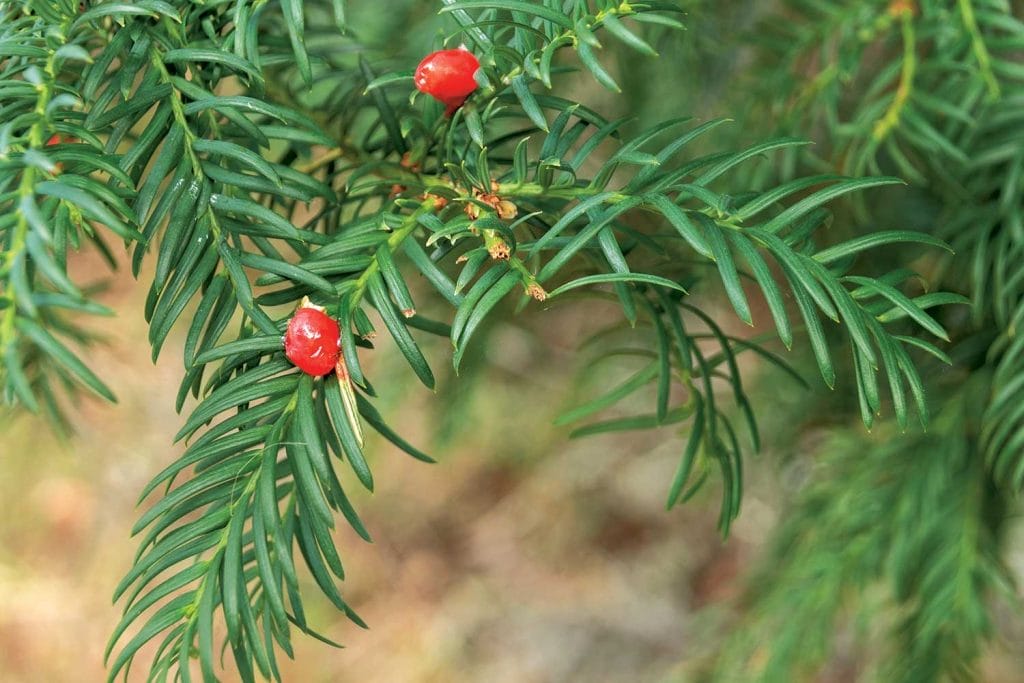
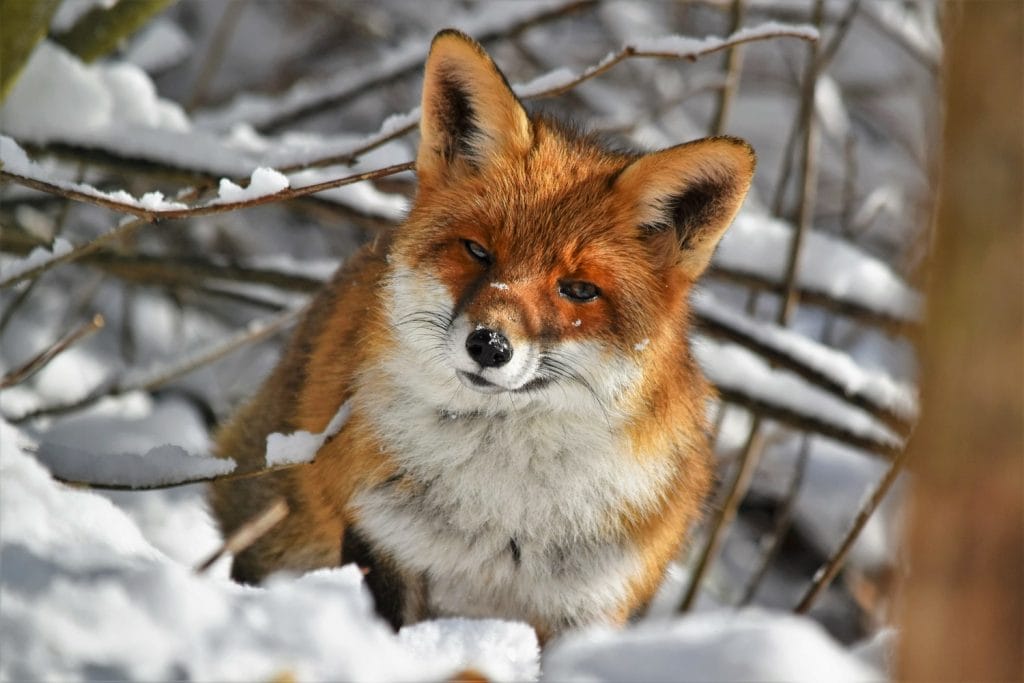
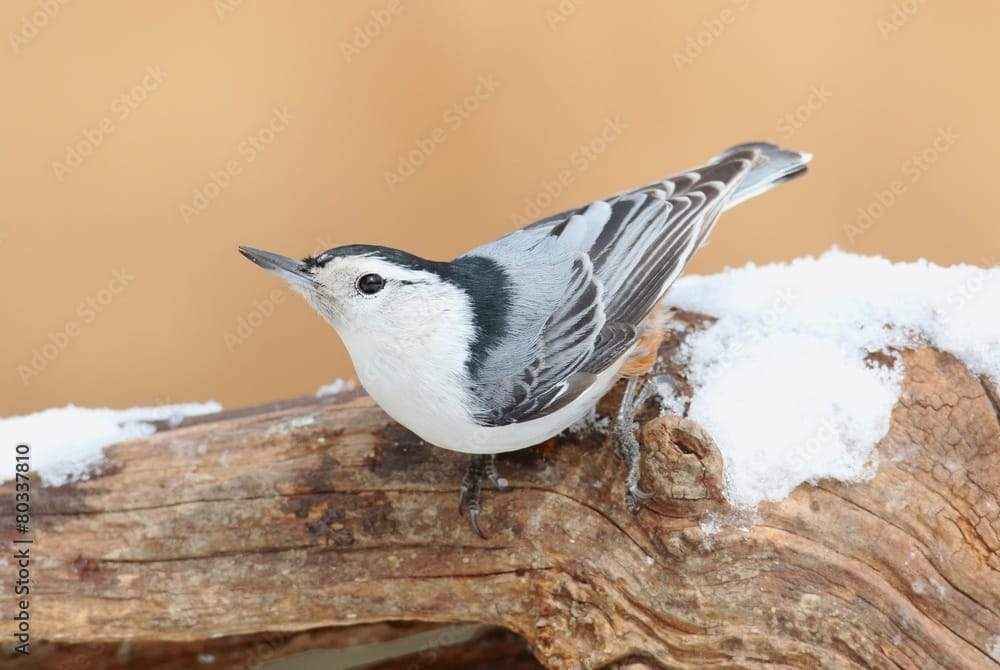
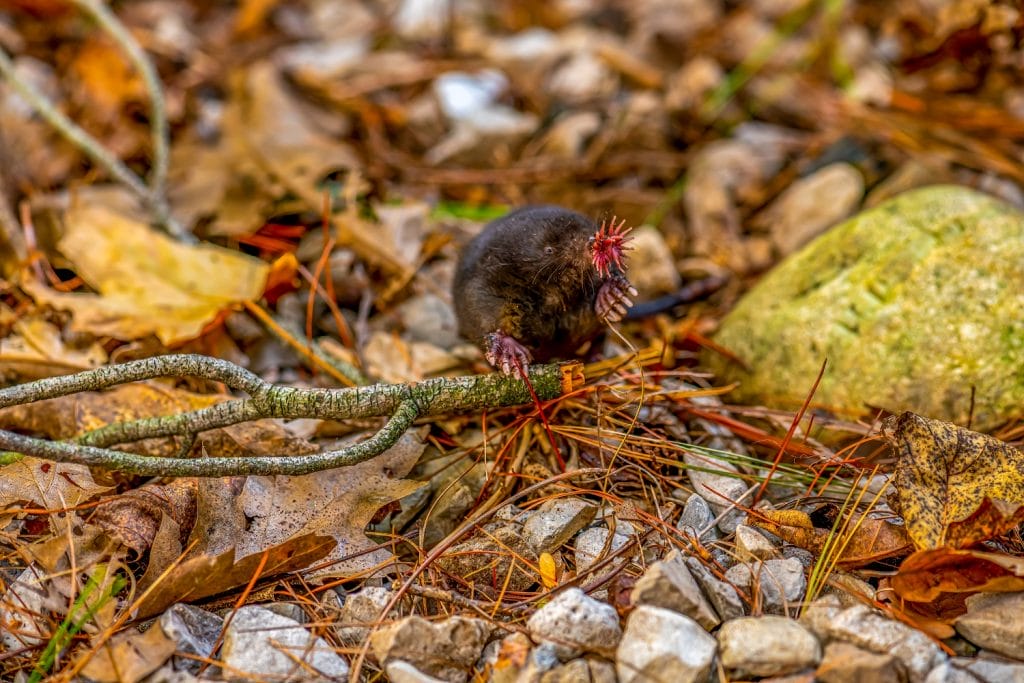

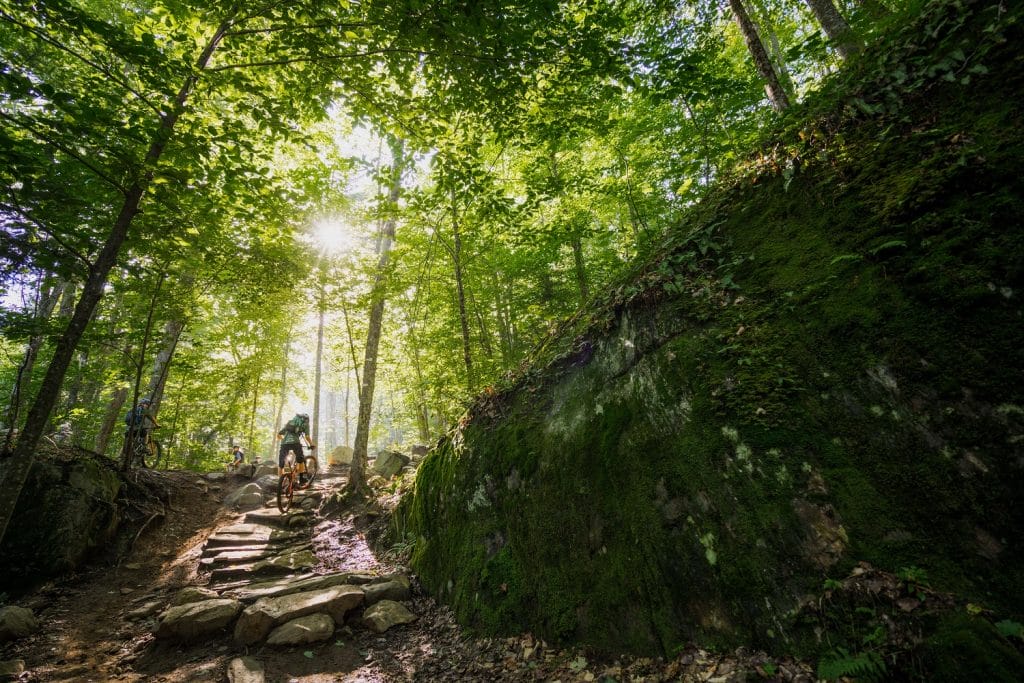



0 Comments